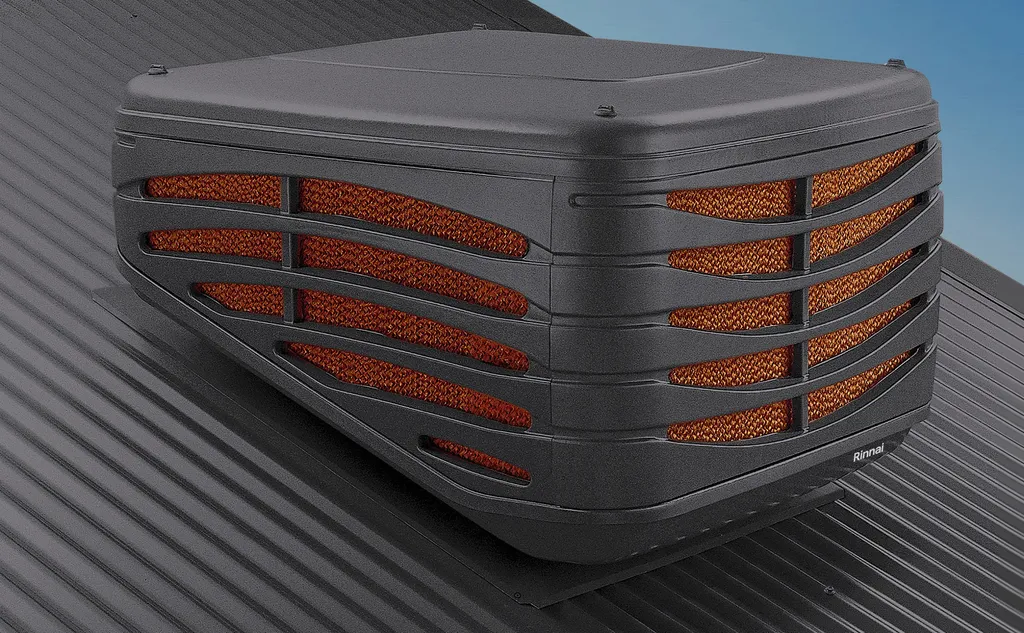Kaltra is an international company that manufactures energy-efficient chillers, free cooling systems, precision air conditioners and microchannel heat exchangers for data centers and industry. Based in Munich, it operates in 60+ countries, focusing on environmental friendliness and reliability. But what happens after these sophisticated systems are installed? How do we maintain their efficiency and longevity? A crucial aspect is the preservation of the heat exchanger coating, a vital element in ensuring optimal performance.
Understanding the Role of Heat Exchanger Coatings
Think of a heat exchanger as the lungs of your cooling system, facilitating the transfer of thermal energy. To protect these “lungs” from the harsh realities of their operating environment, a specialized heat exchanger coating is applied. This protective layer acts as a shield against corrosion, erosion, and fouling, all of which can severely hamper performance and shorten lifespan.
Why is this so important? Consider the environments in which these heat exchangers operate. Data centers, for example, generate tremendous amounts of heat, demanding constant and reliable cooling. Industrial settings often involve exposure to corrosive chemicals and abrasive particles. Without adequate protection, the metallic surfaces of the heat exchanger will quickly degrade, leading to reduced efficiency, increased energy consumption, and ultimately, costly repairs or replacements.
The heat exchanger coating acts as a first line of defense, preventing these damaging elements from reaching the underlying metal. It’s designed to withstand extreme temperatures, resist chemical attack, and provide a smooth surface that minimizes fouling, where unwanted materials accumulate and insulate the heat transfer surface.
Best Practices for Protecting Your Investment
So, how do we ensure that this crucial heat exchanger coating remains effective over the long term? Several key strategies can be implemented.
Regular Inspections – Visual inspections are the first line of defense. Look for signs of damage, such as scratches, cracks, or blistering. These could indicate a breach in the coating’s integrity, allowing corrosive agents to attack the underlying metal. Early detection allows for timely repairs, preventing more significant damage.
Proper Cleaning – While the coating is designed to resist fouling, regular cleaning is still essential. Use appropriate cleaning agents and methods that won’t damage the coating. Avoid abrasive cleaners or high-pressure washing, as these can erode the protective layer. Consult with the manufacturer or a qualified technician to determine the best cleaning protocol for your specific coating type.
Environmental Control – Minimizing exposure to harsh chemicals and abrasive particles is another important step. Ensure that the air entering the cooling system is properly filtered to remove contaminants. In industrial settings, consider installing shielding or barriers to protect the heat exchanger from direct exposure to corrosive substances.
Preventative Maintenance – Implement a preventative maintenance program that includes regular inspections, cleaning, and testing of the coating’s integrity. This proactive approach can identify potential problems before they escalate, saving you time and money in the long run.
Professional Assessment – Periodic assessments by qualified technicians are invaluable. They can perform more in-depth inspections using specialized equipment to detect subtle signs of degradation that might not be visible to the naked eye. These assessments can provide valuable insights into the coating’s condition and help you make informed decisions about maintenance and repairs.
The Benefits of a Well-Maintained Coating
Investing in the proper care and maintenance of your heat exchanger coating yields significant returns.
Increased Efficiency – A well-maintained coating ensures optimal heat transfer, reducing energy consumption and lowering operating costs.
Extended Lifespan – Protecting the underlying metal from corrosion and erosion extends the lifespan of the heat exchanger, saving you the expense of premature replacements.
Reduced Downtime – By preventing failures and breakdowns, a well-maintained coating minimizes downtime, ensuring continuous operation and maximizing productivity.
Enhanced Reliability – A healthy coating contributes to the overall reliability of the cooling system, providing peace of mind and reducing the risk of unexpected disruptions.
Kaltra, with its commitment to environmental friendliness and reliability, understands the importance of preserving the integrity of its equipment. By implementing these best practices for heat exchanger care, you can safeguard your investment and ensure the long-term performance of your cooling systems. Remember, a little preventative maintenance goes a long way in protecting your equipment and maximizing its efficiency. Why wait for problems to arise when you can proactively prevent them?


